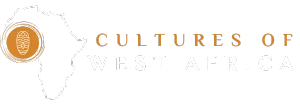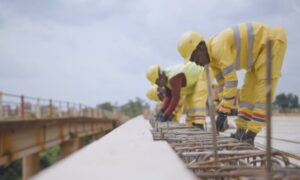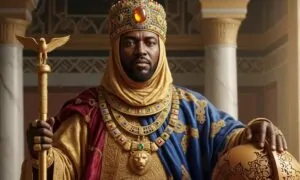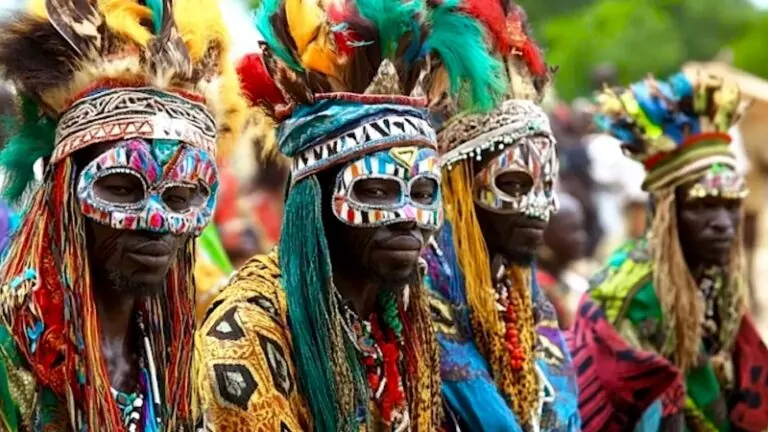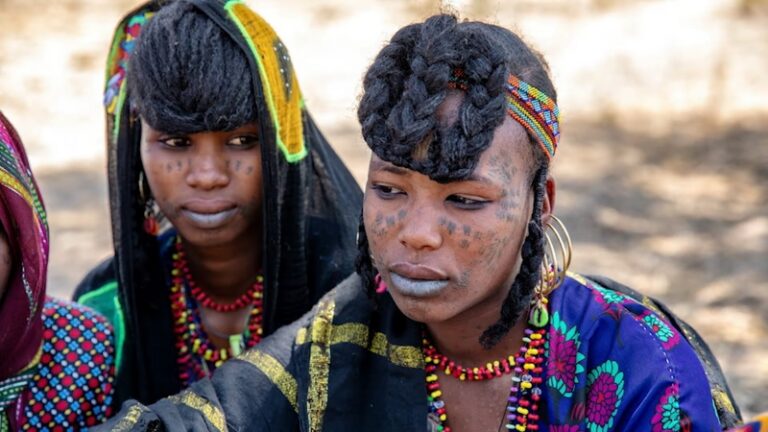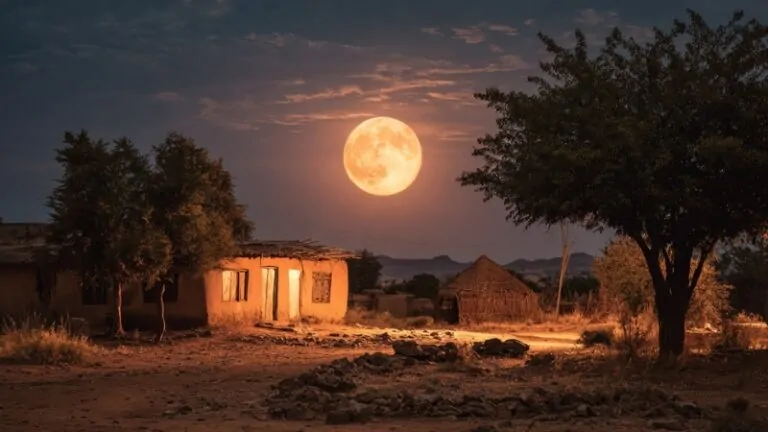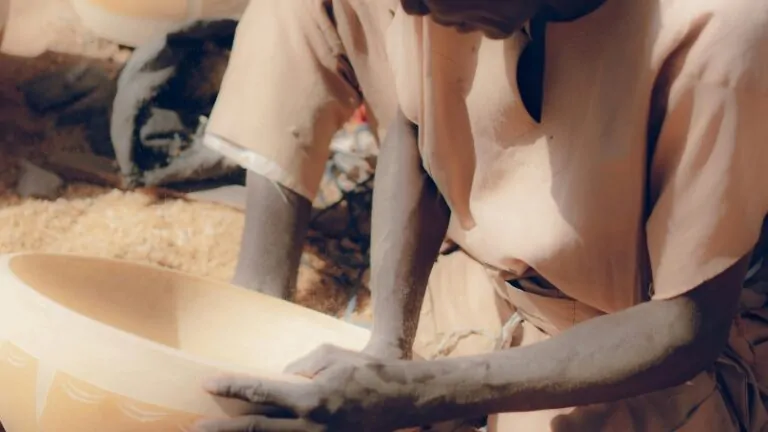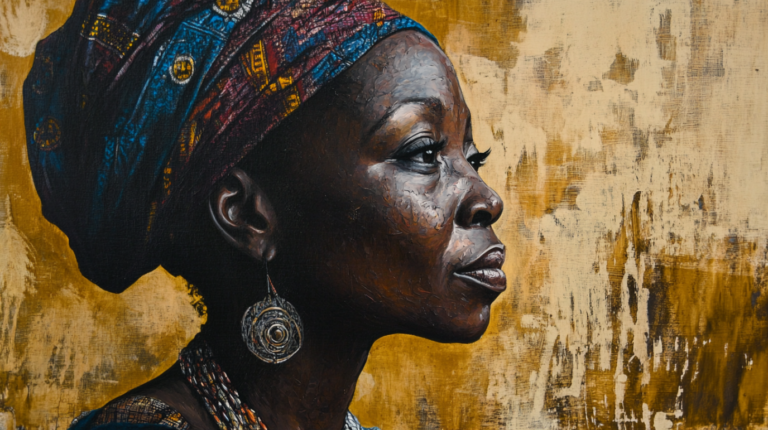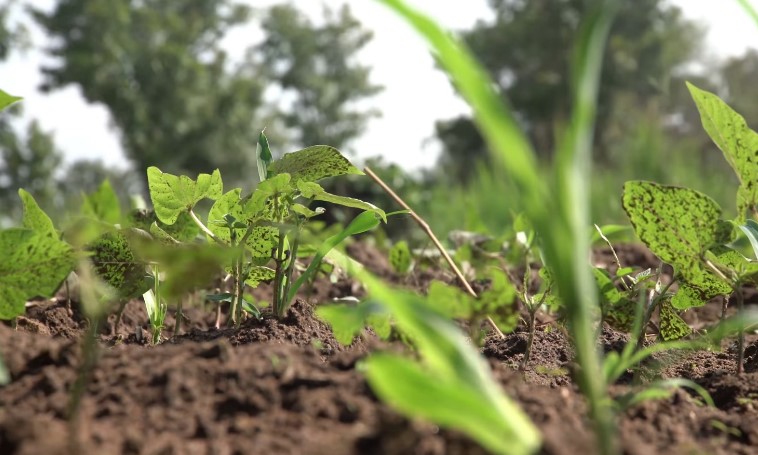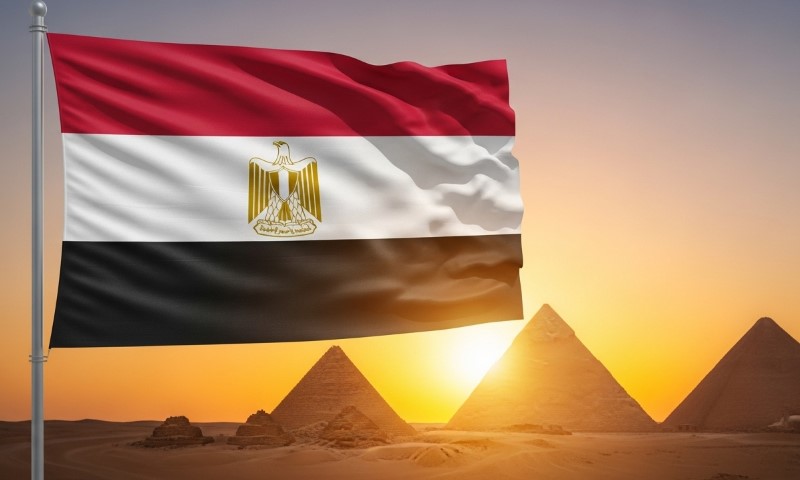
Egypt is a place that defies simple descriptions. Sure, you’ve heard about the pyramids, Cleopatra, and the mighty Nile. But the country holds far more secrets than most history classes ever touch.
Table of Contents
ToggleBetween its deserts, cities, reefs, and laboratories, Egypt is where ancient ingenuity and modern science constantly cross paths.
The facts below pull from archaeology, ecology, engineering, and everyday life to reveal a country that keeps rewriting what we think we know.
1. Whale Skeletons in the Desert Tell an Evolutionary Story
Roughly two hours southwest of Cairo, deep in the Western Desert, lies Wadi Al-Hitan, or Whale Valley. The site is a UNESCO World Heritage treasure, home to hundreds of whale fossils from species that still had legs.
They date back around 40 million years , showing the transition of whales from land-dwelling mammals to the ocean giants we know today.
You can walk through the sand and literally trace evolution step by step. Fossilized vertebrae and skulls sit exposed under the desert sun, perfectly preserved in the limestone.
Guides often point out how hind limbs, once used for walking, shrank over time until they disappeared entirely. Few places on Earth tell a biological story this vividly.
2. A Country Spanning Two Continents
Egypt is not just African. The Sinai Peninsula belongs geologically to Asia, while the rest of the country lies in Africa.
That split makes Egypt one of the few nations that straddle two continents, influencing how its infrastructure and politics bridge different regions.
3. The Aswan High Dam Changed Everything
Completed in 1970 , the Aswan High Dam stands 111 meters tall and created Lake Nasser , one of the largest artificial reservoirs in the world. It holds around 169 billion cubic meters of water.
The dam provided hydropower and expanded irrigated farmland across southern Egypt, but it also altered sediment flow and fish populations downstream.
For engineers, it’s a landmark in 20th-century infrastructure. For environmentalists, it’s a case study in ecological tradeoffs – how solving one problem can reshape an entire ecosystem.
4. Abu Simbel’s Great Move
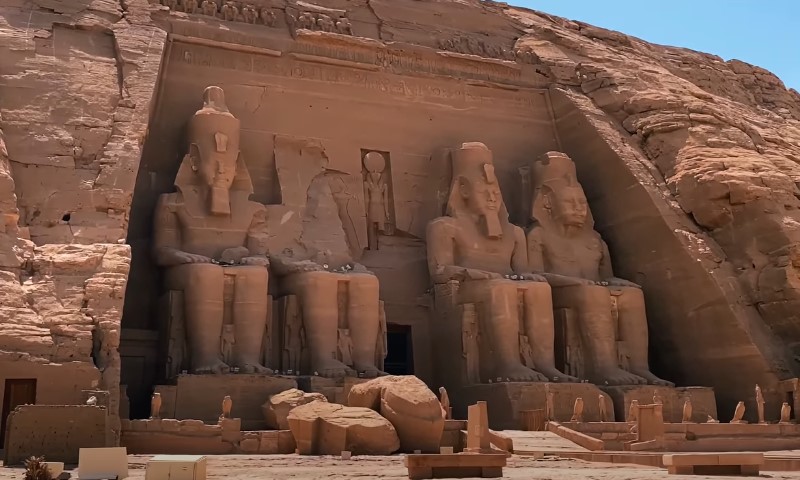
When Lake Nasser flooded the Nubian valleys, entire temples faced submersion. The international response was unprecedented.
Between 1960 and 1980 , UNESCO coordinated the relocation of 22 ancient monuments, including the iconic Abu Simbel temples. Engineers cut them into massive blocks and reassembled them on higher ground.
The effort cost millions and drew experts from across continents, setting the foundation for modern cultural preservation campaigns. Every time a site like Angkor Wat or Machu Picchu gets restored under international cooperation, it traces part of its playbook back to Abu Simbel.
5. The Suez Canal
Stretching 193 kilometers, the Suez Canal connects the Mediterranean and the Red Sea, carrying about 10 percent of global trade in normal years, as per AP News .
In 2023, Egypt earned a record $10.3 billion in revenue from the canal, but geopolitical conflicts in 2024 sharply cut that figure to about $4 billion .
The canal is more than an engineering marvel; it’s an economic heartbeat. Every ship that passes through translates to foreign currency, jobs, and political influence. When canal traffic dips, the whole economy feels it.
6. Cairo Built Africa’s First Metro System
The Cairo Metro , launched in 1987 , became Africa’s first full-scale underground transit network. It now spans three main lines with extensions under construction, serving over one million passengers daily .
Despite Cairo’s notorious traffic, the metro offers a fast, affordable way to move across the sprawling city.
For urban planners, it’s an example of early foresight: a megacity that invested in mass transit long before most of the continent followed.
7. Bread is Egypt’s Most Political Food

Bread, especially the round baladi loaf , is sacred in daily life. The word for bread in Arabic, aish , even means “life.” The government has subsidized bread for decades, feeding tens of millions of citizens. In 2024, officials raised the subsidized price for the first time in decades, reflecting both inflation and the strain of wheat imports.
Wheat imports often top 10 million tons a year , making Egypt one of the world’s largest buyers. Bread is not just about food security – it’s about social stability.
8. The World’s Top Producer of Dates
Egypt grows more dates than any other country, producing around 1.87 million tons in 2023, or nearly one-fifth of global output . Yet only a fraction gets exported due to processing and storage challenges.
With new branding and tech, Egypt could dominate the premium date market the same way Italy does with olive oil.
The date palm is more than a crop; it’s a cultural symbol and a key source of rural income.
9. Red Sea Corals That Refuse to Die
Marine scientists are fascinated by Egypt’s northern Red Sea reefs , especially those in the Gulf of Aqaba .
Studies show that these corals can tolerate extreme temperatures that would bleach reefs elsewhere. Even during repeated heatwaves in 2025, many remained healthy.
This resilience could turn the area into a global “climate refuge” for coral ecosystems. Researchers are studying why, hoping the same biological traits could help restore reefs worldwide.
10. A Dress Older Than the Pyramids
At the Petrie Museum in London, you can see the Tarkhan dress , the oldest known tailored garment on Earth. Radiocarbon dating places it between 3482 and 3102 BCE .
The fine linen, pleats, and seams show that ancient Egyptians mastered textile art long before most societies could even weave.
It’s proof that style, craftsmanship, and self-expression go back far deeper in history than most imagine.
11. Egyptian Blue
The pigment known as Egyptian blue dates back more than 4,000 years and was the world’s first synthetic color.
What’s wild is how relevant it still is. Under visible light, it emits near-infrared luminescence, a property now used in medical imaging , security inks , and infrared sensors .
Researchers today are analyzing its crystalline structure to improve materials science. A color invented for tomb walls is now being used in nanotechnology labs.
12. The First Written Peace Treaty
After the Battle of Kadesh around 1259 BCE, the Egyptians and the Hittites signed the earliest known peace treaty .
It’s an early example of diplomacy in writing – proof that formal peace agreements go back thousands of years.
13. The Rosetta Stone Had Two Languages, Not Three
Contrary to popular belief, the Rosetta Stone didn’t contain three languages. It featured two languages , Egyptian and Greek, written in three scripts : hieroglyphic , Demotic , and Greek . That repetition allowed scholars like Champollion to crack the code of hieroglyphs.
It’s a reminder that accuracy matters in history, and small distinctions can change how discoveries are understood.
14. The Grand Egyptian Museum
Located near the Giza Plateau, the Grand Egyptian Museum (GEM) has been partially open, with a full public launch expected by late 2025 .
When complete, it will be the largest museum dedicated to a single civilization . Visitors can already access select galleries and the monumental Grand Staircase.
Always use the official GEM website for tickets and updates, as private resellers sometimes list misleading information.
15. The Benban Solar Park
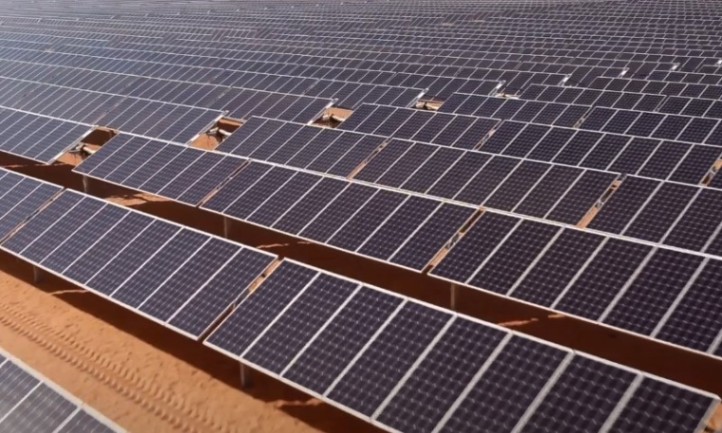
Just north of Aswan, the Benban Solar Park covers an area so vast it’s visible from space. With capacity around 1.65–1.8 gigawatts , it ranks among the world’s largest solar farms. The project cost nearly $4 billion and powers hundreds of thousands of homes.
Egypt is betting heavily on solar energy to diversify its grid and reduce reliance on imported fuel.
16. Cairo’s Zabbaleen
In Manshiyat Naser , a Coptic Christian community called the Zabbaleen has perfected an informal recycling system. They hand-sort Cairo’s waste, achieving recovery rates near 80 percent , far exceeding many modern municipal systems.
Their model is now studied worldwide as a grassroots example of circular economy success, proving that local expertise can outpace industrial systems when organized effectively.
17. Most Egyptians Live on Just 3.5 Percent of the Land
Though Egypt spans more than 1 million square kilometers , almost everyone lives in the Nile Valley and Delta , which make up about 3.5 percent of the total land area. The rest is desert – vast, stark, and mostly uninhabited.
That extreme concentration shapes everything from real estate prices to food logistics. Cities like Cairo and Alexandria pulse with density while the surrounding deserts remain nearly untouched.
18. The Suez Canal Keeps Expanding
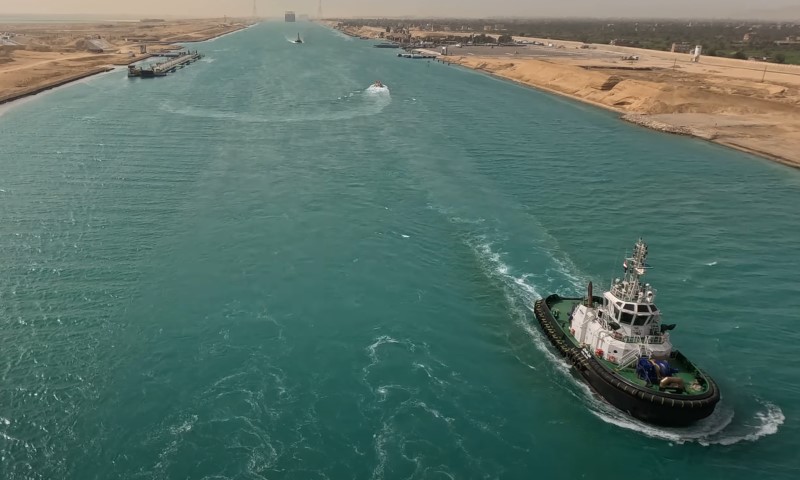
Egypt continually updates the Suez Canal to handle larger ships. A 10-kilometer southern extension , tested in late 2024, improved two-way traffic and reduced congestion.
Engineers treat the canal as a living system – something that must evolve with global shipping trends.
It’s a constant balancing act between safety, depth, and economic opportunity.
19. Bread Subsidies Depend on Imported Wheat
Egypt consumes tens of millions of tons of wheat each year, but grows only part of it domestically. Imports from countries like Russia and Romania fill the gap.
Those shipments are vital for the national bread subsidy program , tying food policy directly to global commodity markets.
When global wheat prices spike, Egypt’s budget feels it immediately.
20. Pyramid Alignment Still Impresses Modern Surveyors
The Great Pyramid of Giza aligns almost perfectly with true north, south, east, and west.
The accuracy remains one of the greatest feats of ancient engineering, showing how knowledge of the heavens guided construction. Pyramids remain the most popular tourist attraction in the country, but is also a subject of numerous tourist scams.
21. Ancient Egyptians Loved Board Games
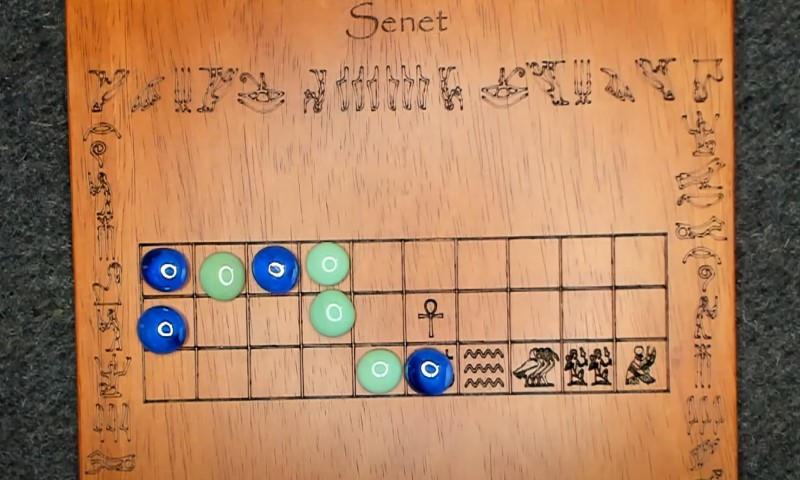
The game of Senet appears in art and tombs throughout Egypt’s dynastic history. Played on a 30-square grid, it used sticks or knucklebones to move pieces through stages of the afterlife. Archaeologists believe the game carried religious symbolism tied to fate and rebirth.
It’s a glimpse of how ancient families relaxed, competed, and told stories through play.
22. Coral Reefs and Shipping Can Coexist
The Gulf of Aqaba sits near major shipping routes, yet its coral reefs remain relatively healthy. Scientists are watching how heavy maritime activity interacts with ecosystems that seem resistant to heat stress. The region could become a model for balancing conservation with trade.
23. Egypt’s Population Growth Is Redefining Everything
With more than 118 million people as of mid-2025, Egypt’s population continues to grow fast. The boom drives demand for housing, jobs, education, and healthcare.
Urban planners face the challenge of keeping up with new residents while maintaining essential services.
Demography drives policy more than any single factor. Every new school, bridge, or power line connects to that steady rise in numbers.
24. Archaeology in Egypt Never Stops
Even today, Egypt continues to yield discoveries. Archaeologists recently reopened the tomb of Amenhotep III after long conservation, and new excavations in Luxor revealed dozens of previously unknown burial shafts. Each season adds pieces to the world’s oldest ongoing research project.
Practical Tips for Exploring Egypt’s Hidden Wonders
- Plan for distances. Wadi Al-Hitan and other desert sites require long drives, local guides, and a solid vehicle. Go in cooler months for comfort and safety.
- Ride the metro. Cairo’s network saves hours of traffic. Avoid peak hours if you can.
- Use official ticketing for museums. For the Grand Egyptian Museum, always check the official website for opening updates.
- Visit the Suez Canal wisely. Ship traffic varies; Ismailia and Port Said offer good viewpoints.
- Respect the heat. Desert conditions can be harsh – carry water and sun protection even for short trips.
Final Thought
Egypt’s story isn’t stuck in the past. It keeps moving – through coral reefs that thrive against odds, solar farms reshaping the desert, and urban systems that keep a megacity running.
Beyond the postcards of pyramids and pharaohs lies a country still inventing, adapting, and astonishing. The more you look, the more you realize how much Egypt still has to teach.
Related Posts:
- 25 Fascinating Facts About the Yoruba Tribe You Didn’t Know
- 10 Interesting Facts About Ghana You Probably Didn’t Know
- Fun Facts About Morocco: 21 Surprising Things You’ll Love
- Why African Women’s Skin Ages So Well - And What You…
- Exploring Africa Through Pictures - A Fun Learning…
- How to Avoid Common Tourist Scams in Egypt - Guide…

